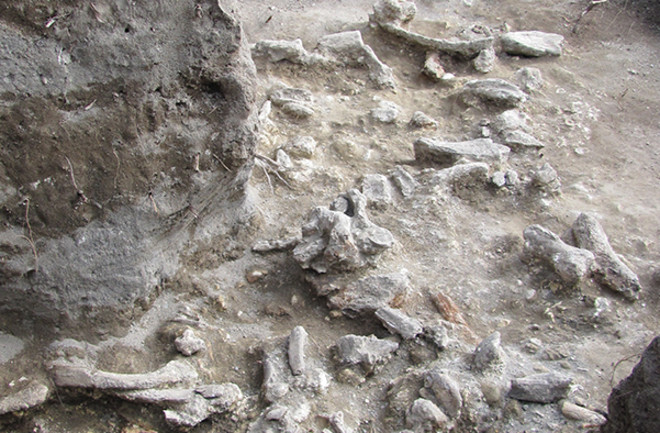In the family tree charting human evolution, Homo erectus stands out. Originating in Africa about 2 million years ago, H. erectus was the first hominin — our closest evolutionary kin — with modern human proportions. It was also the first known hominin to venture beyond Africa and into Europe and Asia, reaching China by about 1.7 million years ago and Indonesia by 1.5 million years ago.
But the accomplishments of H. erectus don’t end there. It’s also the earliest known hominin to have lived in temperate environments, such as the Transcaucasus region that today includes the Republic of Georgia.


